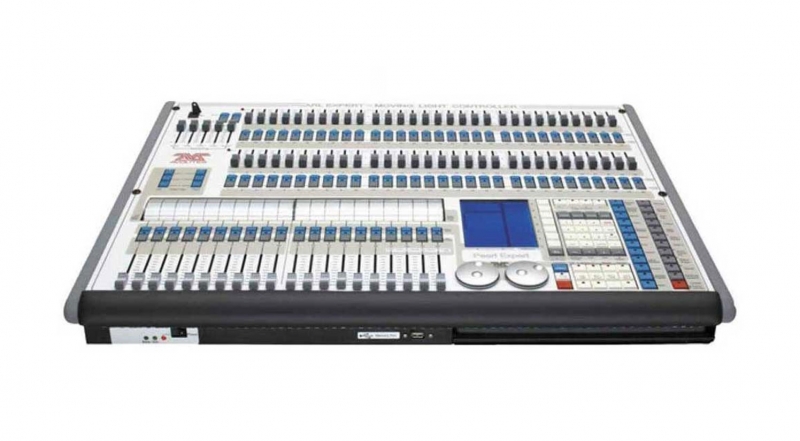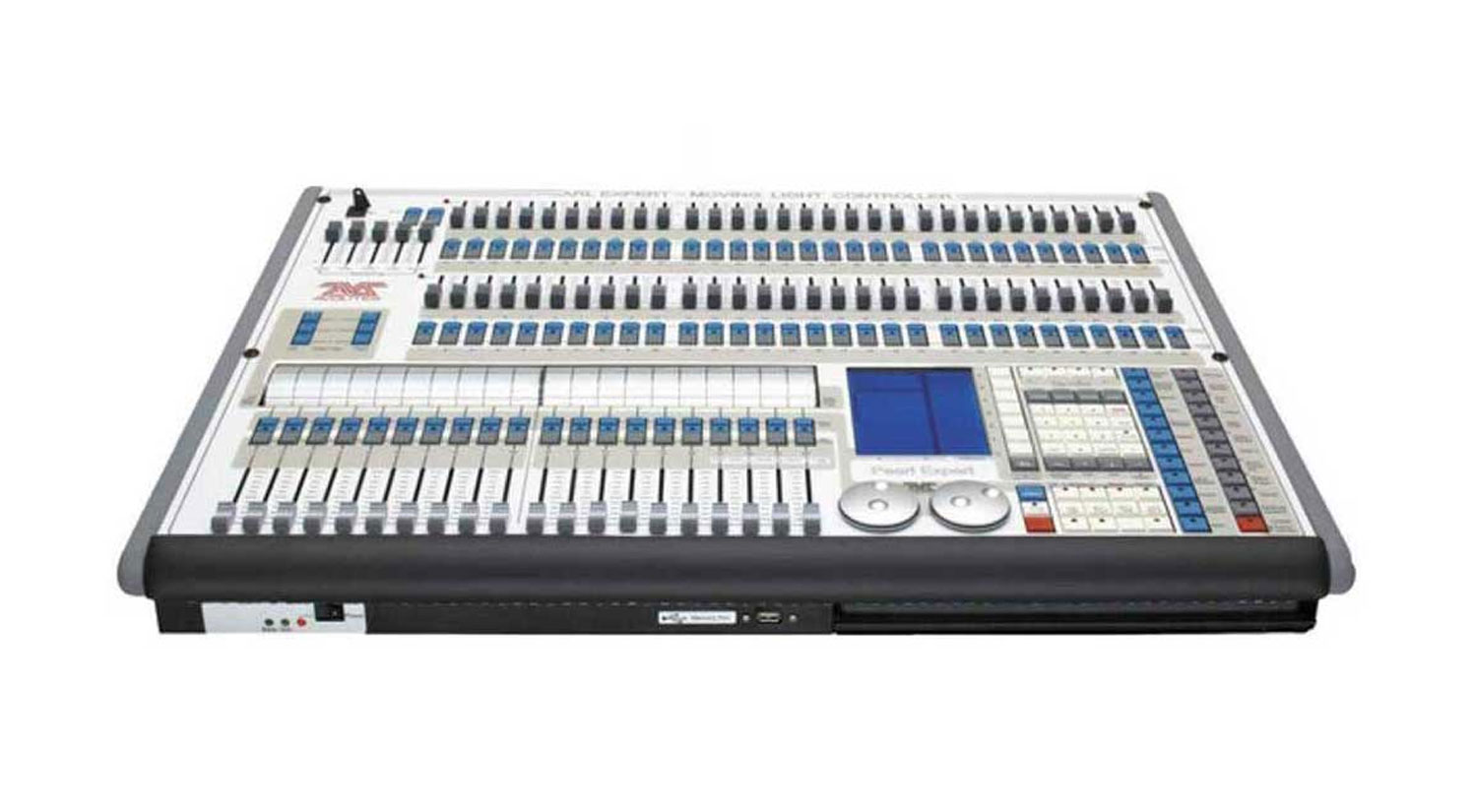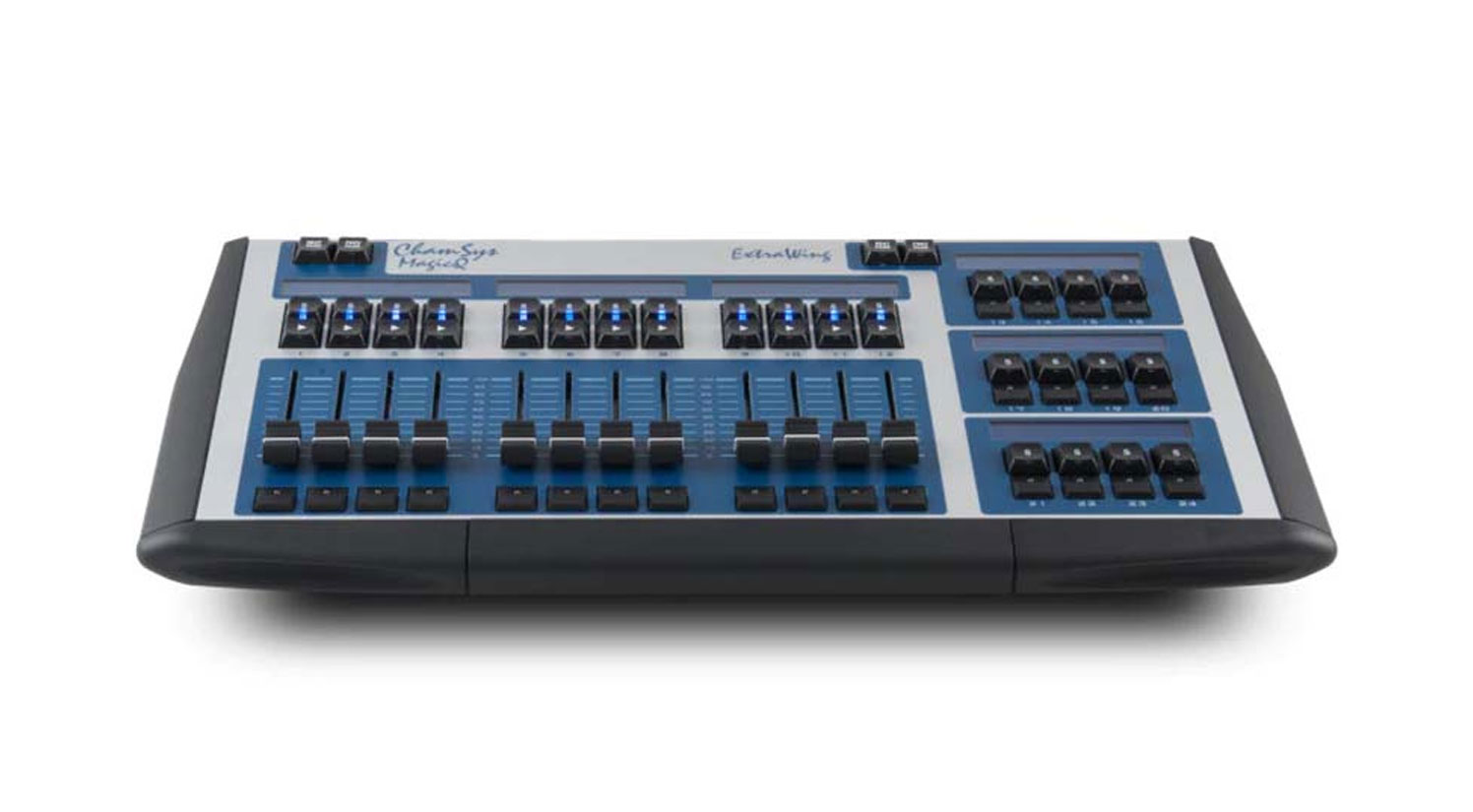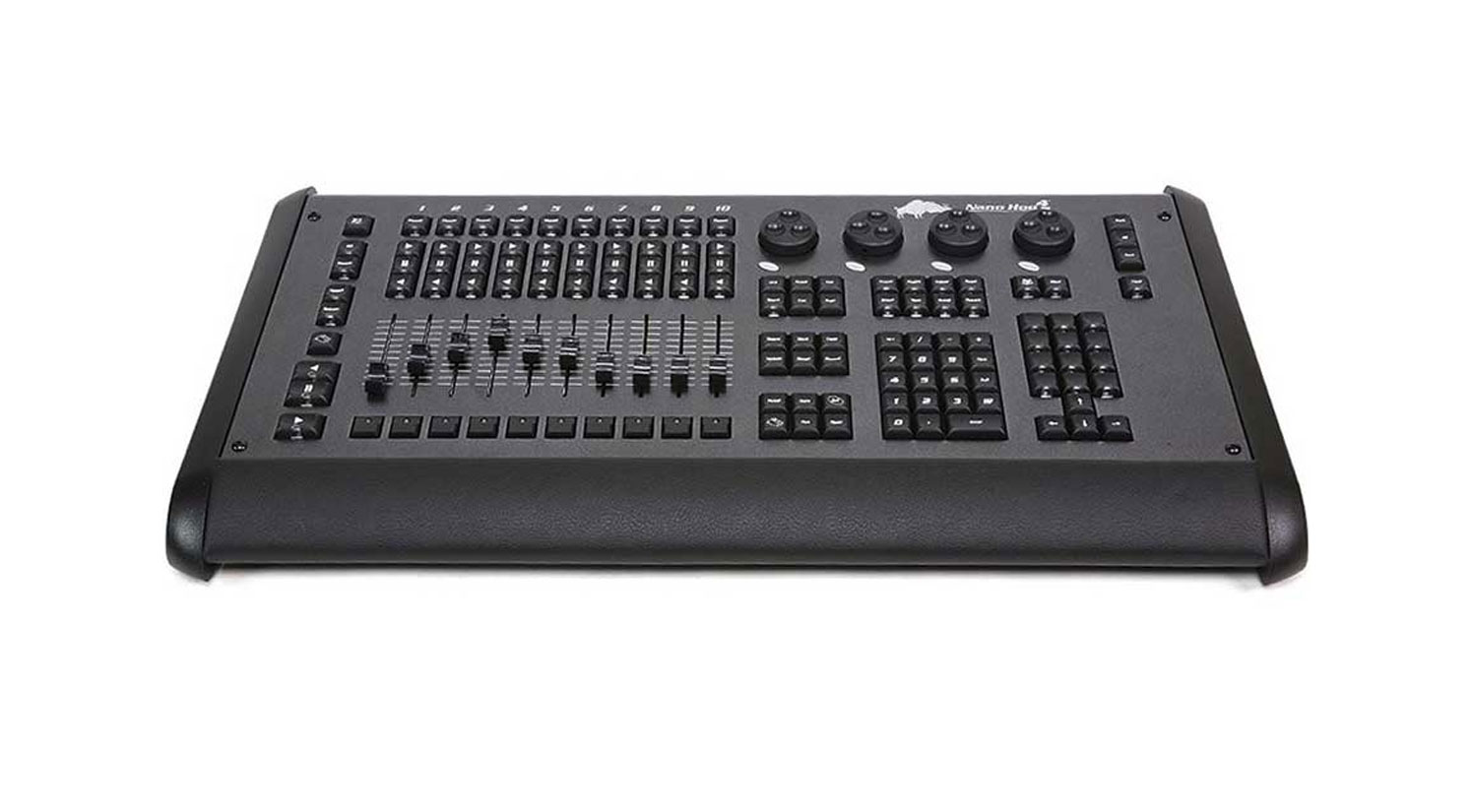Types of stage lighting

|
When it comes to live performances, stage lighting is an essential element that can make or break the experience for the audience. Lighting has the power to create a mood, highlight performers, and enhance the overall ambiance of a performance. It is a key component of any production that can significantly impact the audience's emotional response.
Without proper lighting, a performance can fall flat, and the audience may not be able to fully engage with the performers. It is essential to understand the different types of stage lighting to create a memorable and successful performance. In this guide, we'll explore the different types of stage lighting instruments, fixtures, and control systems to help you create the perfect ambiance for your next production. Types of Stage Lighting InstrumentsThere are four main types of stage lighting instruments, each with its unique characteristics and uses. Fresnel: A Fresnel is a type of spotlight that uses a spherical reflector to create a soft-edged beam of light. It is commonly used in theater productions to highlight performers or props on stage. Fresnel lights are versatile and can be easily adjusted to change the size and shape of the beam. PAR: PAR stands for Parabolic Aluminized Reflector. It is a type of fixture that produces a very bright and focused beam of light. PAR lights are commonly used in concerts and events to create a dramatic effect on stage. They are available in different sizes and wattage levels, making them suitable for a wide range of applications. Ellipsoidal: An ellipsoidal, also known as a "leko," is a type of spotlight that produces a highly focused beam of light. It is often used in theater productions to highlight performers and props on stage. Ellipsoidal lights are highly customizable, allowing lighting technicians to shape the beam of light to fit specific areas on stage. Moving Head: A moving head is a type of fixture that can pan, tilt, and rotate to produce a dynamic range of lighting effects. Moving heads are commonly used in concerts and events to create a dynamic and immersive experience for the audience. They are available in a range of sizes and can produce a variety of colors, making them highly versatile. Types of Stage Lighting FixturesThere are three main types of stage lighting fixtures: wash, spot, and floodlights. Wash Lights: Wash lights are used to cover a broad area of the stage with a soft, even light. They are commonly used in theater productions to create a general ambiance on stage. Wash lights are available in different sizes and can produce a range of colors, making them highly versatile. Spot Lights: Spotlights are used to highlight specific areas of the stage or performers. They produce a narrow beam of light that can be easily adjusted to fit a specific area. Spotlights are commonly used in theater productions to highlight lead performers or specific props on stage. Floodlights: Floodlights produce a wide beam of light that can cover a large area of the stage. They are commonly used in outdoor events or concerts to light up large areas of the stage or surrounding areas. Floodlights are available in different sizes and wattage levels, making them suitable for a wide range of applications. |
 |
Lighting Control SystemsThere are two main types of lighting control systems: DMX and analog. DMX: DMX is a digital control system that allows lighting technicians to control multiple fixtures from a single console. It is commonly used in large-scale productions and events where precise control over lighting is essential. DMX allows for highly customizable lighting effects and can be easily programmed to suit specific performances. Analog: Analog control systems use a series of switches and dimmers to control lighting fixtures. They are commonly used in smaller productions or events where precise control over lighting is not required. Analog systems are easy to use and require less technical knowledge than DMX systems. Lighting Design TechniquesLighting design is a crucial aspect of any production, and there are several techniques that lighting technicians use to create the perfect ambiance on stage. Color: Color is an essential element of lighting design. Different colors can evoke different emotions and moods, making them a powerful tool in creating the desired ambiance on stage. Lighting technicians use colored gels or filters to create specific colors on stage. Intensity: Intensity refers to the brightness of the light. Lighting technicians use intensity to create contrast and to highlight specific areas on stage. They can adjust the intensity of the light to create a range of effects, from subtle to dramatic. Direction: Direction refers to the angle at which the light is directed. Lighting technicians use direction to highlight specific areas on stage or to create a specific mood. They can direct the light from different angles to create shadows or to highlight specific performers. Texture: Texture refers to the pattern of the light. Lighting technicians use texture to create specific effects on stage, such as a dappled effect or a starry night sky. They can use specialized fixtures to create these effects, or they can use gobos to project patterns onto the stage. |
 |
Common Lighting EffectsThere are several common lighting effects that lighting technicians use to create a dynamic and immersive experience for the audience. Gobos: Gobos are a type of stencil that is placed in front of a light source to project a pattern onto the stage. Lighting technicians use gobos to create specific textures or patterns on stage, such as a starry night sky or a forest canopy. Strobes: Strobes are a type of light that produces a rapid flashing effect. They are commonly used in concerts and events to create a high-energy atmosphere on stage. Haze Machines: Haze machines produce a fine mist that hangs in the air, making it easier to see the light beams on stage. Lighting technicians use haze machines to create a more immersive experience for the audience, making it feel like they are part of the performance. Lighting for Different Types of PerformancesDifferent types of performances require different types of lighting to create the desired effect. Theater: Theater productions require a range of lighting effects, from subtle mood lighting to dramatic spotlights. Lighting technicians use a range of techniques to create the desired ambiance on stage and to highlight specific performers or props. Concerts: Concert lighting is all about creating a high-energy atmosphere on stage. Lighting technicians use a range of fixtures and effects to create a dynamic and immersive experience for the audience. Dance Performances: Dance performances require a range of lighting effects to highlight the performers and to create a specific mood. Lighting technicians use a range of techniques, from subtle wash lighting to dramatic moving head effects, to create a memorable performance. Stage Lighting Equipment Rental and Purchase OptionsIf you're planning a live performance, you may be wondering about your options for stage lighting equipment. There are several rental and purchase options available to suit your specific needs. Rental: Rental options are an excellent choice for one-time events or productions. Rental companies offer a range of fixtures and control systems to suit different types of performances. They can also provide technical support and advice to ensure that your performance runs smoothly. Purchase: If you're planning regular performances or events, purchasing your own equipment may be a more cost-effective option in the long run. You can choose from a range of lighting fixtures and control systems to suit your specific needs and budget. ConclusionStage lighting is an essential element of any live performance, and it can make all the difference in creating a memorable experience for the audience. Understanding the different types of stage lighting instruments, fixtures, and control systems is crucial in creating the perfect ambiance on stage. With the right lighting design techniques and effects, you can create a dynamic and immersive experience that will leave a lasting impression on your audience. Whether you're planning a small theater production or a large-scale concert, there are rental and purchase options available to suit your specific needs and budget. With the knowledge and tools provided in this guide, you can create a truly unforgettable performance. |
 |
